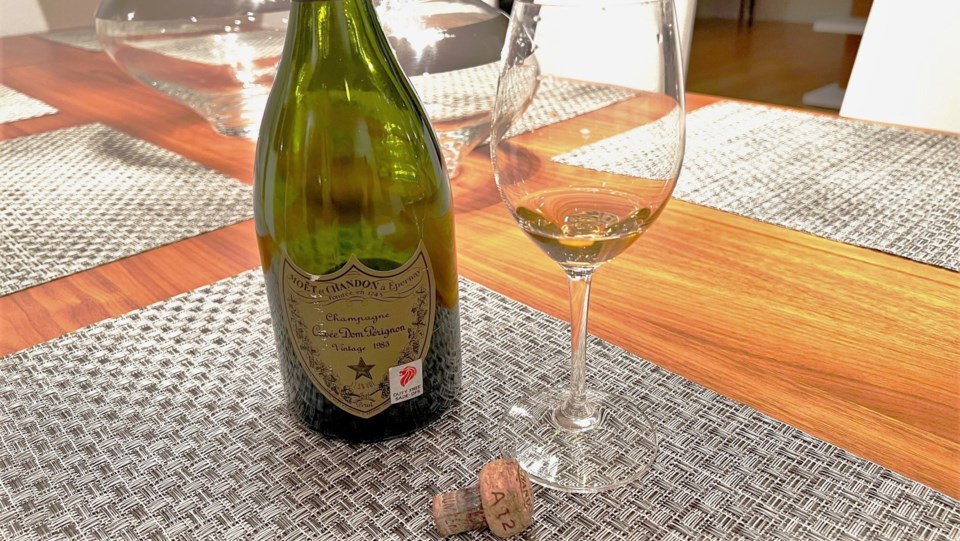Dom Perignon is one of the most famous champagnes in the world. It comes to mind as we celebrate New Years, the Lunar New Year and Valentine’s Day when plenty of champagne will be uncorked. One popular brand that is often purchased and enjoyed is Dom Perignon. But the story of Dom Perignon rivals the quality of the champagne.
Dom Perignon is named after Dom Pierre Pérignon, a French Benedictine monk who made important contributions to the production and quality of wines produced in the Champagne region in the 17th Century. Many people do not realize “Dom” is not a name but a title given to certain monks. Dom Pierre Perignon was the cellar master in charge of the cellars of the Benedictine monastery at Hautvillers, which is still owned by Dom Perignon champagne today.
Most people also do not know that Dom Perignon’s original job was actually to keep bubbles out of wine. He was tasked with solving the problem that many bottles of wine, for some reason, were exploding in the summer in the cellar because of a build-up of gas inside the bottle (it was because wines bottled in the winter contained yeast, which activated in the summer with heat, triggering a secondary fermentation). So he actually didn’t invent champagne, but he did pioneer techniques which advanced the production of champagne and wine in general. He invented a press which allowed him to make a clear white wine from black grapes. He also started using corks that were fastened to the bottles as a more effective seal, along with stronger glass to withstand the pressure that built up inside the bottle. Dom Perignon also developed the ‘méthode champenoise’, which is a method of controlling secondary fermentation – and which is still how champagne is produced today.
Although Dom Perignon is commonly credited with inventing Champagne and is known as the Father of Champagne, “fizzy wine” was actually discovered 30 years earlier in England. In fact, Champagne in the form that we know it today was not popularized until the 19th century, over 100 years after Dom Perignon’s death.
The first bottle of Dom Perignon was not produced until 1921 and was first released for sale to the public in 1936. The company that produces Dom Perignon is called Moet & Chandon so Dom Perignon is a trade name that identifies special or reserved bottles of champagne. Until 1943, Dom Perignon was just regular Moet & Chandon champagne that was aged for longer than normal bottles. After 1947, Dom Perignon has been produced as a separate champagne that is different from the regular Moet & Chandon champagne.
Dom Perignon is a vintage champagne, which means all the grapes used to produce the champagne come from one year. A year is placed on the bottle (as opposed to non-vintage champagnes, which have no year on the bottle and may be produced from grapes harvested in different years). Dom Perignon is not released every year but only in exceptional years. It is aged eight to ten years before release so the current vintage of Dom Perignon that you can purchase is 2012.
Dom Perignon is typically made from a blend of Pinot Noir and Chardonnay grapes. You will typically get toasted oak, almonds, honey and ripe fruit tastes and aromas. I find Dom Perignon less sweet and fruity than many non-vintage champagnes. It also has a creamy texture and an almond/nutty aftertaste. Because it is a dry style of champagne, I think it pairs very well with caviar, oysters and any fresh seafood that has a bit of sweetness.
But you have to try it yourself to form your own opinion. So if you want to splurge, go a get a bottle at B.C. Liquor Stores. I had a bottle of 2008 Dom and you can see my full review here. Until next time, happy drinking!
Tony Kwan is the Richmond News' new columnist. Lawyer by day, food and wine lover by night, Kwan is an epicurean who writes about wine, food and enjoying all that life has to offer.



